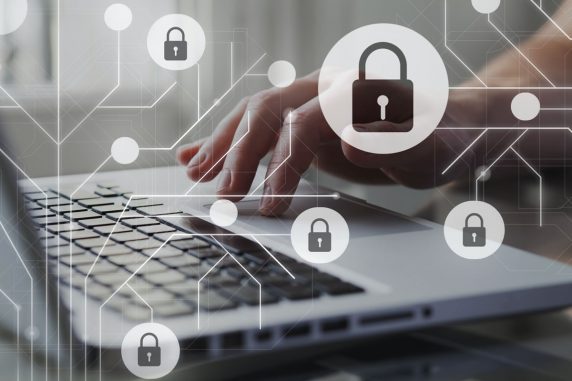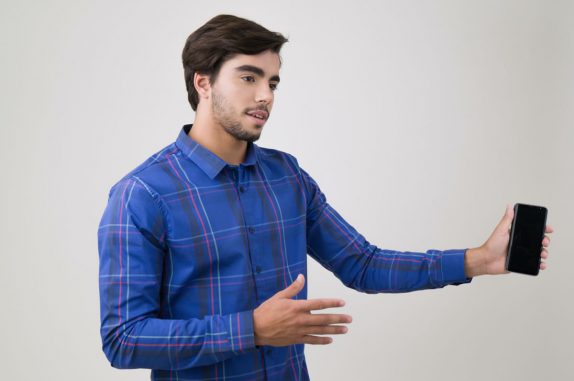The world leaders and their governments are working with telecommunications and marketing (mainly social media) providers to implement geo-tracking into our day to day lives. This is to help prevent the spread of COVID-19 through releasing information to track the publics social distancing. This technology has proved to be instrumental in lowering the rate of infection and has led to certain countries returning back to normal life. In South Korea, the government created a map of cellphone data provided by telecom and credit card companies. The map was made public so everyone could track whether they’d been exposed, according to The Verge.
 To enforce social distancing practice, governments are attempting to stop the spread by reaching out to the private sector; to telecommunications providers, such as Vodafone, and working with Social Media giants; Facebook and Google, to use the power of app technology to track geolocation as well as many other technologies including facial recognition.
To enforce social distancing practice, governments are attempting to stop the spread by reaching out to the private sector; to telecommunications providers, such as Vodafone, and working with Social Media giants; Facebook and Google, to use the power of app technology to track geolocation as well as many other technologies including facial recognition.
To this end, governments hope to use these technologies to understand how the virus is spreading and to measure whether the public are practicing appropriate social distancing.
Countries Using Tracing Technologies
Singapore is directing their general public to the app TraceTogether, which collects Bluetooth signals from other phones to log meetings between the app and people. The app can quickly identify those that have been exposed to the virus, which alerts the person who has come into contact with them to self-isolate.
With all of this information-sharing between various organisations, unsurprisingly privacy concerns have arisen. TraceTogether works by storing data locally on the device. This protects privacy and enhances security measures as the data is not being stored centrally. The data can only be extracted when necessary, for example by the authorities for contact tracing. The app has been
 revolutionary in terms of allowing the country to take action sooner and monitor health.
revolutionary in terms of allowing the country to take action sooner and monitor health.
Israel and China have used mobile devices to track and trace to fight the spread of the virus. Israel are using a service that locates data received from telecommunications companies to warn members of the public of possible exposure to the virus. Taiwan, are pushing the boundaries to go further with public health security and have rolled out a mobile phone geo-fence or ‘electronic security fence’ that ensures people are remaining in quarantine if they are meant too. The Russian Government has turned to cameras and facial recognition technologies to track movement of people who break the curfew.
A Closer Look at Chinas Technology
Close contact detector apps appear to have been very successful to curb the spread of COVID-19. China have developed this app, so that when it is downloaded onto a media platform such as WeChat, or the payment app, Alipay, it helps to track movement. When someone goes into confined spaces, such as retail shops, the user can scan a QR code which will provide them with a colour.
The Cours are green, yellowfins and red, unsurprisingly very clear and logical. A green colour tells the user they are healthy and unrestricted and can go on with their shop. The yellow colour alerts the user to quarantine for 7 days as they have been in close proximity with someone who has COVID-19. The red colour is similar to yellow however the user must quarantine for 14 days. As a result the system is helping China avoid mass lockdowns, helping the country to keep moving.
But what about our privacy?
The UK’s Secretary for Health and Social Care, Matt Hancock MP, announced the UK NHS contract tracing app is being rolled out in the Isle of White from 5th May to test amongst the population there. This app works to pinpoint exactly who needs to be in quarantine and who doesn’t.
Users who download the app to their phone can voluntarily opt-in to record details of their symptoms when they start to feel unwell. Similar to TraceTogether, the app keeps track of others who have been in close contact through Bluetooth signals. This is vital as this means that the app does not need to connect to mobile data when you are out and about.
 The app has been developed by the research arm of the NHS, NHSX and researchers from Oxford University, alongside collaborations with developers from tech companies, such as VMWare. The app has been built to identify via a ‘digital handshake’ between mobile phones whether you come in close contact with another person, and this data is stored in the users phones, and kept anonymous. If a person becomes ill with symptoms they report in the app, that data is shared with a health service database. The anonymous ID is then matched with other phones the user has come in contact with. People who have been in close contact will then be sent a notification urging them to isolate.
The app has been developed by the research arm of the NHS, NHSX and researchers from Oxford University, alongside collaborations with developers from tech companies, such as VMWare. The app has been built to identify via a ‘digital handshake’ between mobile phones whether you come in close contact with another person, and this data is stored in the users phones, and kept anonymous. If a person becomes ill with symptoms they report in the app, that data is shared with a health service database. The anonymous ID is then matched with other phones the user has come in contact with. People who have been in close contact will then be sent a notification urging them to isolate.
Sounds like a promising technology, so when do the rest of the UK get the chance to use the app? Well the chief executive of NHSX has announced that it is likely to be rolled out to the rest of the country 2 -3 weeks after the release date in the Isle of White.
So crunch time, are there any privacy concerns? Well, some experts have raised concerns that may compromise patient confidentiality. An Imperial College academic has voiced that such apps could ‘collect sensitive location data information’. The government has said that “all data will be handled according to the highest ethical and security standards”.
Pan-European Privacy-Preserving Proximity Tracing (PEPP-PT) is being used in Europe. Technologists and scientists from eight countries, are working on contact tracing proximity technology for COVID-19 to comply with strict privacy rules. They are offering a “fully privacy-preserving approach” to COVID-19 contact tracing. While many countries have already led the way and provided apps for their citizens, this group plan to get a standardised approach up and running.
With Governments around the world exploring how digital technology can ease lockdown pressures, the following must be prioritised and given careful consideration:
- The technologies designers and those informing and instructing must consider societal, ethical and legal implications. Transparency should be the number one priority.
- Trust must be maintained; who has access to the data and for what purpose will this be used. What is required to remove the data and when will it be removed.
- Total privacy of personal data and methods to enforce security of the data.
- Governments should make clear how the data will be regulated and over what timeframe will they be recorded.

